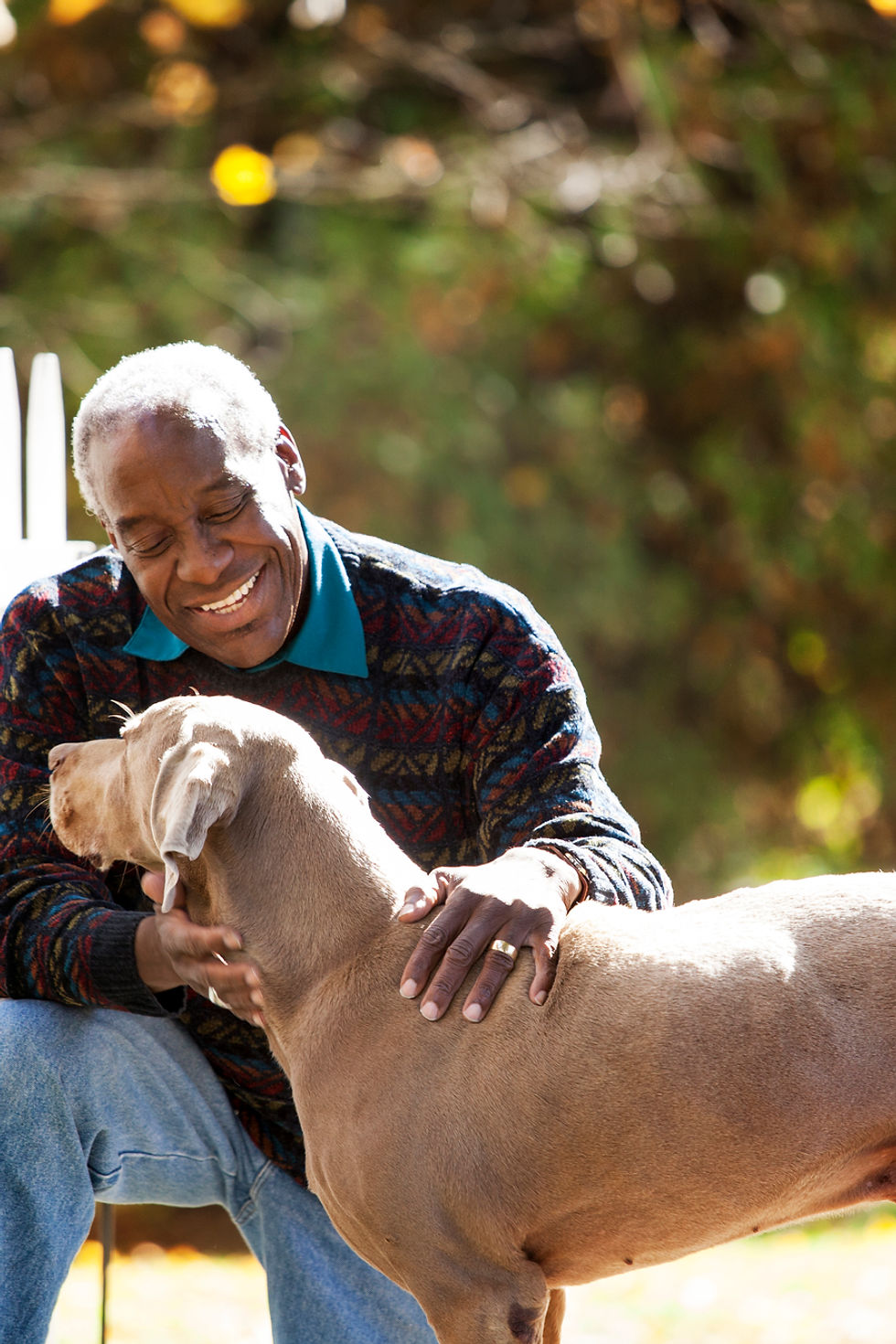Exploring Advanced Training Techniques
- Krystal Boggs

- Feb 17, 2024
- 3 min read
Exploring Advanced Training Techniques Image Description: A close-up photo of a dog trainer working with a German Shepherd. The trainer is using hand signals to command the dog to perform various advanced obedience exercises. The dog is focused and attentive, demonstrating excellent training and discipline. The training area is spacious and well-equipped with agility obstacles and training props. The image captures the dedication and expertise of the trainer and the intelligence and responsiveness of the dog. When it comes to dog training, there are various techniques and methods that can be used to teach your furry friend new skills and behaviors. While basic obedience training is essential for every dog, exploring advanced training techniques can take your dog's training to the next level. In this blog post, we will discuss some examples, thoughts, and tips on exploring advanced training techniques for your dog. 1. Hand Signals: As seen in the image, hand signals can be a powerful tool in advanced training. Dogs are incredibly perceptive to visual cues, and using hand signals alongside verbal commands can enhance their understanding and responsiveness. Start by teaching your dog basic hand signals for commands like sit, stay, and come. Once they have mastered these, you can move on to more complex signals for advanced obedience exercises. 2. Agility Training: Agility training is a fantastic way to challenge your dog physically and mentally. It involves navigating through a course of obstacles such as jumps, tunnels, and weave poles. Not only does agility training improve your dog's coordination and athleticism, but it also strengthens the bond between you and your furry friend. Consider enrolling in agility classes or setting up a course in your backyard to provide your dog with a fun and stimulating challenge. 3. Nose Work: Dogs have an incredible sense of smell, and nose work training taps into this natural ability. Nose work involves teaching your dog to search for specific scents or objects. This type of training can be used for various purposes, including search and rescue, detection work, and even just as a fun game to keep your dog mentally engaged. Start by introducing your dog to a specific scent, such as a treat or a toy, and gradually increase the difficulty by hiding the scent in different locations. 4. Trick Training: Teaching your dog tricks goes beyond basic obedience commands and adds an element of fun and entertainment. From simple tricks like "shake hands" and "roll over" to more complex tricks like "play dead" and "fetch a specific item," trick training allows you to showcase your dog's intelligence and creativity. Break down each trick into small steps and use positive reinforcement to reward your dog for their progress. 5. Canine Sports: If your dog has a competitive spirit, exploring canine sports can be a great way to channel their energy and enthusiasm. Sports like obedience trials, flyball, dock diving, and disc dog competitions provide opportunities for your dog to showcase their skills and athleticism. Participating in these sports not only keeps your dog physically active but also strengthens the bond between you and your furry friend. Remember, advanced training techniques require patience, consistency, and positive reinforcement. Always prioritize your dog's well-being and ensure that training sessions are enjoyable for both you and your furry friend. By exploring advanced training techniques, you can unlock your dog's full potential and deepen the bond between you and your canine companion.





Comentários